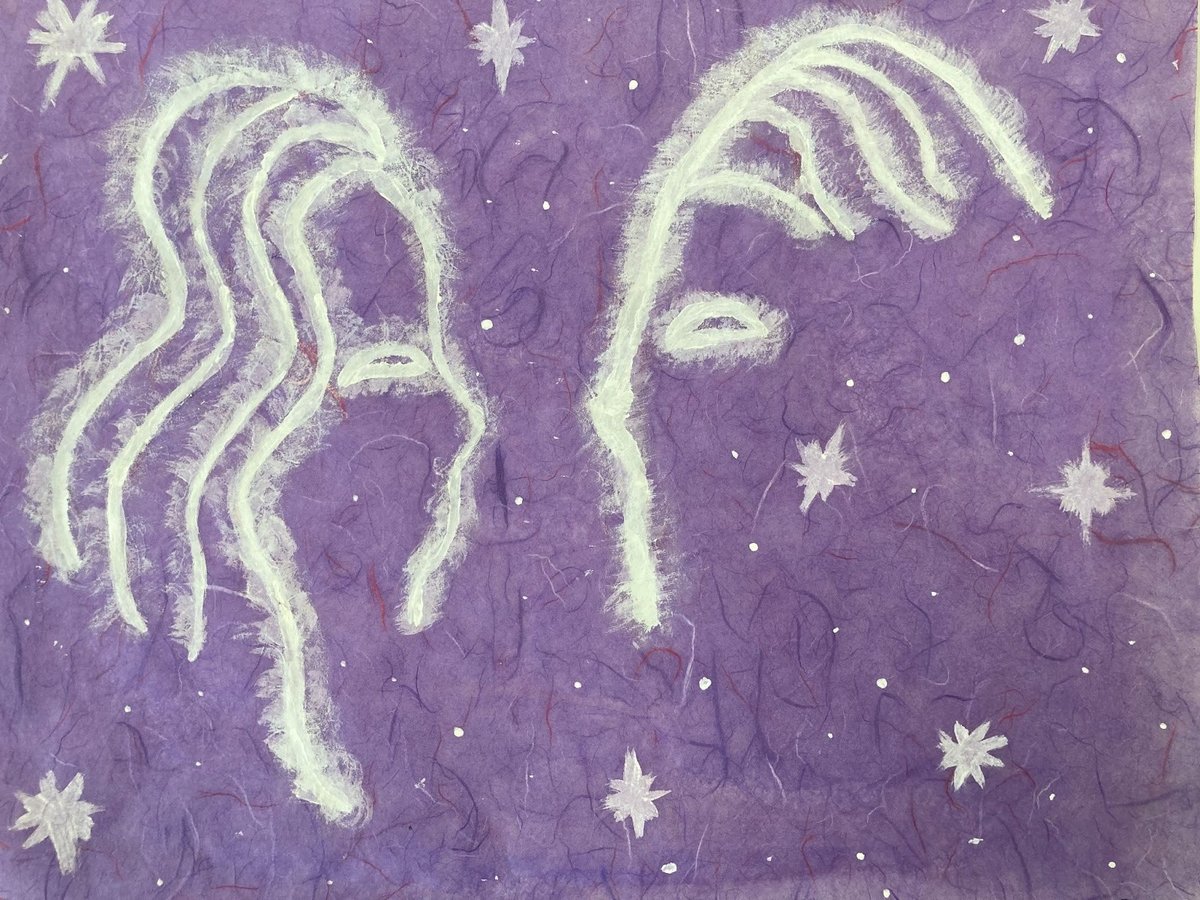Foreword
Written and researched by Tomei Kuehl.
And Look At You, You Have So Much Meaning by Saber Ali, a student at AUL Denver
The Youth Sexual Health Program Board (the Board) centers youth sexual health and sex education within the existing context, which is rooted in colonialism, capitalism, racism, heteronormativity, ableism, classism, and so on. In alignment with this value, the purpose of this series is to build a shared understanding of the ways in which isms have created sexual health education and continue to impact it through an understanding of our history and through the lens of youth artwork. Each ism is defined and the historical context about the impact on sex education is explained. Further, young people were paid and engaged to create artwork to define the ism and visually express its impact based on that young person’s experiences. The art pieces define these concepts, and the background information is to play a supporting role.
The Board members identified a need to define each of the isms included blog series and provide historical context because many of these concepts may not have negative connotations for some people. Further, Board members desired a clear understanding of the connection between sexual health and isms for the purpose of understanding the Board’s recommendations. The historical relevance is essential to recognize the numerous ways sexual health education has been formed by history. The historical context is necessary because it impacts sexual health education today and to dream of a new way, focused on pleasure and joy, there needs to be a reckoning of how we got here.
The youth artwork plays a critical role in centering the voice of young people in this project. Talia Cardin served as the youth facilitator and co-leader on this project and their leadership supported the development and successful completion of the Pleasure Artshops. According to Talia, “Art is a form of storytelling that celebrates self-expression, it is a vehicle to span barriers and connect across countries and culture. Art is a tool of change.” Talia provided leadership on the student artwork by identifying which pieces corresponded with the ism listed below. Students were able to provide an artist statement to explain their artwork and its meaning. This resulted in a more nuanced understanding of each of the isms through definition, historical context, and youth perspective through art.
We invite you to explore sexual health through isms and artwork.
